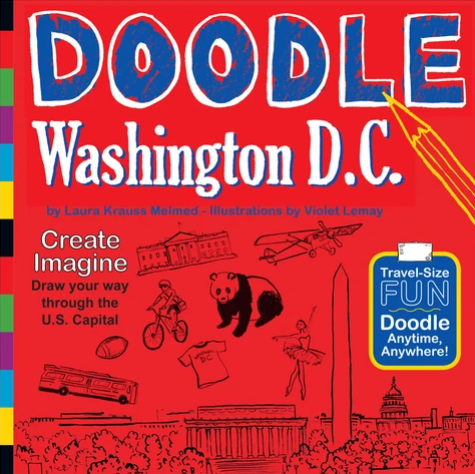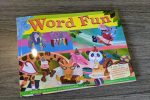
How to Include Young Children During Your U.S. Elections/Civics Unit Study
This post contains affiliate links and reviews of products I received for free in exchange for my review. All opinions are my own and reflect my honest feedback. If you prefer to watch a video of this review, please head over to my YouTube channel.
Raise your hand if you are studying U.S. Government in your homeschool this year! So many homeschool moms are taking the real-life learning opportunity to discuss civics during an election year. It really does provide great context for our lessons….if you can somehow skip over the crazy dramatics of it all.
Now, raise your other hand if you also have a little learner at home who really wants to be included in your civics lessons. I do! It is a bit of challenge to find resources that provide the appropriate content for a mid-to upper-elementary student and a preschool to 2nd grader. I know because that is the age range of my kids kids.
Thankfully, as part of the Timberdoodle Blog team, I was offered the opportunity to review Doodle Washington D.C. this semester. This book is part of their 1st Grade package so I had a good feeling it would be a great resource for my little kindergartner. I am happy to say, my feeling was right!
Doodle Washington D.C. is suggested for ages 8-11, however, it can certainly be used for younger ages. I actually thing it is better suit for ages 4-8, honestly. My 4th grader isn’t too interested in the doodles, but that may be just a personal preference. If you purchase the complete Grade 1 pack, Timberdoodle will provide complete instructions for when to use the doodle book within daily lessons. Since I am using it apart from a package, I will offer some suggestions below for how we’re utilizing this book to bring my kindergartener into our lessons in a meaningful way. First, let’s take a look at the book!
As you can see, the book is the perfect size for my little miss. She can easily carry it around and drop down to start doodling wherever she wants to land. There are written prompts along with partial scenes and very few completely blanks pages. Almost all of the pages contain some black line drawings that the child gets to embellish. It’s the perfect mix of artistic outlet and creative guidance.
The doodle prompts cover all the sights in our nation’s capital – government buildings, national monuments & museums, sports teams, parks and more! I was surprised to find such a comprehensive assortment of drawings. I was expecting to find national symbols and government landmarks primarily. My daughter’s face lit up when I showed her that she gets to draw animals in The National Zoo. Super fun!
Here’s how am I using this neat little book to make my 5 year old feel included during our civics lessons:
1) Introduce the doodle page to both my K’er and 4th grader at the lesson start as a review or icebreaker visual. I used the book in this way during the lesson when my daughter doodled the pages above (with the rainbow.) I held up the empty pages and asked my 4th grader, by way of review, to tell me the buildings he saw in the scene, the branches of government associated with each building and the leaders serving in each one of those branches. I then gave my daughter the doodle prompt and told her that brother and I were going to learn more about how leaders are chosen to serve in those buildings. She scurried off to doodle and my son and I discussed the U.S. voting process. It was an intentional inclusion that served a valuable purpose in starting our lesson.
2) Use the doodle page as a springboard for narration and/or discussion questions after a lesson. Hold up the completed doodle pages and ask your older student, “Tell me what you know about this scene. How does it relate to what we learned today?” This is similar to my first suggestion, I realize, but the difference is here I am not making the connections for my son. I am instead asking him to pull out those relationships and offer a narrative that combines our lesson and my daughter’s drawing. I could restate my narration prompt this way: “Take a look at what your sister made and teach her (and I) about it.”
I hope my ideas inspire even more creative suggestions from all of you. I am always looking for ways to meaningfully involve my younger student. Please share below how you keep your littles busy without busy work. Kids can spot busy work a mile away and my little miss is not having it. I don’t blame her, lol. I am thankful to have found this fun little book and eagerly suggest it to you to aid in a multi-age U.S. civics study.









